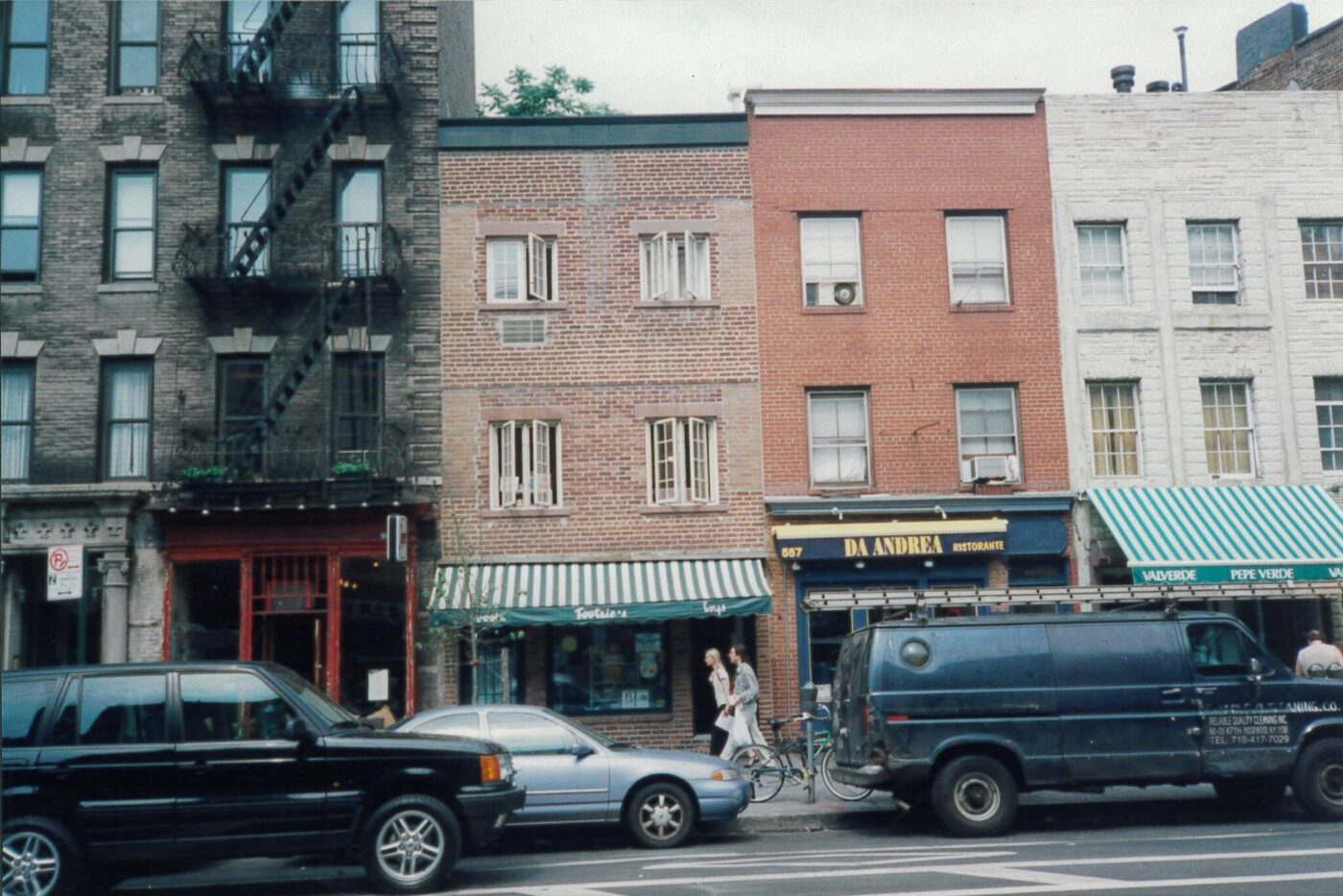Retracing the Stories and Homes of Early Village Preservationists

By the time the demolition of McKim, Mead & White’s monumental Penn Station commenced on October 28th, 1963, advocates had been fighting to save the Beaux Arts building for several years. This has often been referenced as the “beginning of the historic preservation movement” in New York City, and while it certainly was a catalyst that helped to spur the establishment of the New York City Landmarks Preservation Commission and other related advocacy efforts, there were many people pushing to protect the historic fabric of our city long before that fateful and unfortunate turn of events. Greenwich Village showcases a number of New York’s earliest preservation success stories, and its champions lived right here in the neighborhood.
Village Preservation holds many resources that tell the history of the early preservation movement in our neighborhood. Our Preservation History Archive contains printed materials from organizations and individuals, while our Oral History Collection features first-person accounts of some of the great community leaders and advocates, and our “Homes of Preservationists Tour” on our Greenwich Village Historic District Map + Tours (see the drop down menu) ties these stories together and highlights the homes from which these preservationists were inspired to join the cause. Here are just a few highlights:
Margot Gayle – 44 West 9th Street

Margot Gayle was born in 1908 in Kansas City, Missouri. She lived an incredible 100-year life, and spent much of it deeply involved in city politics and historic preservation. As our map attests, she first became involved in preservation efforts in her mid-forties, while working at the New York City Department of City Planning. By the end of the 1950s, Gayle organized the Village Neighborhood Committee, and with its support, she and several others led a successful grassroots campaign to save the Jefferson Market Courthouse Building and transform the building into the library we know and love today.
As Terry Miller tells it in his book Greenwich Village and How it Got that Way, Gayle’s campaign to save the courthouse began during a Christmas party that she hosted in her home in 1959 — several years prior to the demolition of Penn Station. Over the next few years, she founded several other preservation groups, including the Victorian Society of America and the Friends of Cast Iron Architecture, which later became a strong voice in the creation of the SoHo-Cast Iron Historic District.
You can learn much more about Gayle’s involvement in the burgeoning preservation movement, including her advocacy work surrounding the implementation of the New York City Landmarks Law, by listening to the oral history that she did for us in 1996.
Claire and Stanley Tankel – 37 Bank Street

Claire and Stanley Tankel were both involved in preservation efforts in Greenwich Village. They met in college, traveled around Europe together after graduation, and then moved to the Village: first to 68 Carmine Street, and later settling at 37 Bank Street. Stanley had a background in architecture, but chose to shift the focus of his career toward city planning. In 1956 he formed a group of related professionals called the Greenwich Village Study, which sought to make the community more livable and focused on issues of housing, traffic patterns, and parks. Around this same time, Robert Moses first put forth his proposal to extend Fifth Avenue southward, directly cutting through Washington Square.
Stanley and his group worked closely with other influential activists and politicians including Jane Jacobs, Norman Redlich, Eleanor Roosevelt, and John Lindsay to instead make the park car-free. Stanley drove the last car through Washington Square Park on November 1st, 1958, and Claire took the iconic photo. In her oral history with Village Preservation, Claire recounts how their dog was also in the car on that memorable day, and that Jane Jacobs later bought a similar “funny little car.”
Washington Square Park became officially and permanently car-free in August 1959. Stanley would go on to become Vice Chair of the Landmarks Preservation Commission upon its inception in 1965, but he sadly passed away at the age of 45 in 1968, in his home at 37 Bank Street. Check out Claire’s oral history to learn more about their legacy.
Jane Jacobs – 555 Hudson Street

No Greenwich Village preservation story is complete without Jane Jacobs, the author, journalist, and grassroots activist who changed the trajectory of not only our neighborhood, but the urban preservation movement in the United States and beyond. Born in 1916 in Scranton, Pennsylvania, in 1935 Jane Jacobs (née Butzner) moved to New York City with her sister, Betty.
From the vantage point of her home in the West Village, Jane observed the challenges and opportunities that an urban neighborhood faced. Observing what she called the “sidewalk ballet” outside her window on Hudson Street, Jane wrote in her highly influential 1961 tome, The Death and Life of Great American Cities, that the keys to urban success were a vibrant and active mixture of uses; “eyes on the street” from engaged people at the ground level whose presence deterred crime or decay; spontaneity rather than overly prescribed planning; renewal and reuse of historic buildings that carry meaning for local communities; and giving local communities a voice in their futures.
Jane’s writings and principles have informed everything from land use approval processes in cities to the shape of new developments, big and small, around the world. She was directly and passionately involved in preservation issues of her time, including advocating strongly to both save Penn Station and reject Robert Moses’ plan for Washington Square Park.

Our maps, oral histories, and textual and visual archives contain a trove of further information:
